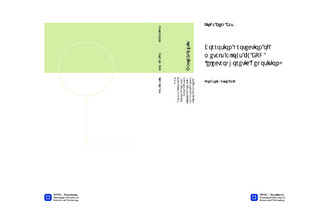| dc.description.abstract | A solid oxide fuel cell consists of multiple cells stacked on top of each other. Between the individual cells is an interconnect component. In intermediate temperature solid oxide fuel cells, this component is made of stainless steel. The high chromium content in these steels can lead to chromium poisoning of the cathode, which lowers the overall efficiency of the solid oxide fuel cell. The motivation for this work is to create a ceramic interconnect coating that protects against chromium poisoning, by preventing chromium diffusion. In this work, electrophoretic deposition, EPD, was examined as a potential method to produce spinel coatings of $MnCo_2O_4$ on crofer steel. Two different types of EPD were investigated: anodic and cathodic. The suspensions used for EPD were characterized with regards to zeta-potential and viscosity, and then optimized to produce the most stable suspensions. Electric field and deposition time were subsequently optimized to achieve successful coatings with desired thickness by cathodic EPD. Next, the effects of heat treatment and long-term oxidation on coatings produced by both EPD types, were examined. Finally, the two EPD types were compared. High quality coatings, which prevented chromium diffusion, were produced by both EPD types. Despite the higher long-term stability of the cathodic suspensions, anodic EPD exhibits a higher commerciality due to a lower voltage requirement, shorter deposition time, better microstructure and less harmful fumes. | nb_NO |

